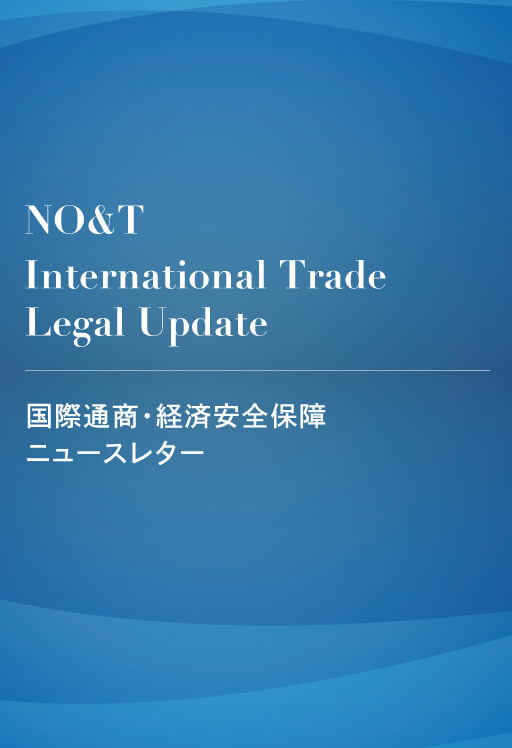
NO&T International Trade Legal Update
Carbon pricing is a global warming countermeasure that places a price on greenhouse gas emissions, such as CO2, and imposes a financial burden on entities that emit greenhouse gases in order to reduce emissions. However, there are no internationally uniform standards for carbon pricing, and the carbon price charged by each country or region differs, resulting in differences in carbon costs at the time of production depending on the country of origin. As a result, assuming free and no-barrier trade, the problem of inequality (carbon leakage), has arisen, by which the price competitiveness of products manufactured in regions with low carbon prices becomes higher especially for carbon-intensive products, which leads to a situation where companies based in the EU move carbon-intensive production abroad to countries where less stringent climate policies are in place than in the EU.
This newsletter will focus on how the "carbon price" is handled under Japan's current system, with regard to the EU's Carbon Border Adjustment Mechanism (CBAM), the only border carbon adjustment measure that is currently being implemented in the world.
Let’s begin with a look at the general classifications of carbon pricing. Broadly speaking, there are two types of carbon pricing: carbon pricing by the government and carbon pricing by the private sector. Carbon pricing by governments can be further divided into explicit carbon pricing and implicit carbon pricing.
Explicit carbon pricing refers to the practice of putting a price on the greenhouse gases emitted by companies and other entities and imposing a financial burden (a price per ton of carbon dioxide equivalent) on emitters in proportion to the amount of carbon they emit. This is typified by a "carbon tax" or "emissions trading". Regardless of the title of the system or mechanism, however, it is important to note that it is necessary to determine whether the system explicitly assigns a price to carbon emissions or not.
On the other hand, implicit carbon pricing refers to taxation, regulations, subsidies, and other measures that have the effect of reducing greenhouse gas emissions, but in a form where they do not provide an explicit carbon price (price per ton of carbon dioxide equivalent). The cost burden is referred to as an implicit carbon price. This is often implemented for socioeconomic policy purposes other than greenhouse gas emission reductions.
Under the CBAM Regulation enacted on 10 May 2023※1, CBAM will commence full operation in 2026, and from the start of that definitive period, importers must purchase and surrender CBAM certificates in proportion to the embedded emissions contained in the subject imported products. In doing so, the importer is allowed to deduct the carbon price paid in the country of production in respect of the subject product from the embedded emissions of the subject imported product. That carbon price is defined in the CBAM Regulation as follows:
Article 3 – Definitions
For the purposes of this Regulation, the following definitions apply:
(29) ‘carbon price’ means the monetary amount paid in a third country, under a carbon emissions reduction scheme, in the form of a tax, levy or fee or in the form of emission allowances under a greenhouse gas emissions trading system, calculated on greenhouse gases covered by such a measure, and released during the production of goods;
According to this definition of "carbon price," carbon pricing measures must be measures taken under "a carbon emissions reduction scheme". The form of the price must be either "a tax, levy or fee" or "emission allowances under a greenhouse gas emissions trading system". The "monetary amount" must be "calculated based on" the greenhouse gases "covered" by such a measure. Furthermore, the "greenhouse gases" on which the calculation should be based are those emitted during the manufacture of the goods. Rebates received by manufacturers are to be separately deducted from the "carbon price".
In addition, Article 7(1)(f) of the CBAM Implementation Regulation for the transitional phase※2 requires that an "indication of the provision of the legal act providing for the carbon price, rebate, or other forms of relevant compensation, including a copy of the legal act" be reported in the CBAM report during the transition period. In light of this, it seems that "carbon price" within CBAM is assumed to be under a system backed by a legal act, not a private system.
It will be interesting to see how the EU will operationalize the scope of the "carbon price" in the CBAM as described above. The EU needs to collect information during the transition period and establish a suitable operating system by the start of the definitive period. In particular, the system and its operation will need to comply with rules such as consistency with national treatment obligations and the absence of arbitrary and unjustified discriminatory treatment or disguised trade restrictions. From the perspective of such international trade disciplines, the EU is expected to be flexible in interpreting the CBAM definition of "carbon price" and apply it to the respective carbon pricing schemes in different countries with varying degrees of flexibility.
It should be noted that the institutional design of the CBAM "carbon price" is not an adjustment measure that seeks to completely equalize the level of explicit and implicit total greenhouse gas emission reduction costs incurred in each country or region at the time of production, both within and outside the EU, but takes the approach of preventing double charges for only some limited carbon costs. It is worth pointing out that this approach has been taken in CBAM.
In practice, importers who declare "carbon prices" and claim deductions, and manufacturers in third countries, including Japan, who are the main actors, will be required to be creative in their responses. At the same time, however, as mentioned above, the extraterrestrial carbon costs picked up by the CBAM system are only part of the whole, as defined in the CBAM Regulation. Manufacturers must understand the purpose of the CBAM Regulation and its deliberate consideration of international trade disciplines and, during the transition period, provide the EU with information on carbon cost systems in third countries, including Japan, in order to avoid double-charging of their own carbon costs, with the assistance of experts, if necessary. During the definitive period, they must ensure that they report the "carbon price" they have actually paid, along with evidence of the "carbon price". In fact, during the definitive period, not only is evidence of the "carbon price" paid and rebates received required, but a certificate from a person independent of the government of the country of manufacture must also be filed.
In light of the definition of "carbon price" in CBAM as explained in 1.(2) above, the following three types of "carbon price" can be most typically envisioned as the "carbon price" in CBAM.
In the following, we will describe each of the Japanese carbon pricing schemes that could fall under these categories. (Note, however, that CBAM's definition of "carbon price" is limited, and it seems that some other carbon credits should also be covered by the "carbon price". This point is discussed later.)
Traditionally, in Japan, energy-related taxes have been imposed at the national and local levels for policy purposes other than global warming countermeasures. Examples include the gasoline tax, petroleum and coal tax (the main tax rate portion), liquefied petroleum gas tax, aviation fuel tax, diesel oil delivery tax, promotion of energy resources development tax, and other energy-related taxes. These taxes, plus the "tax for climate change mitigation" (see below), which is levied on top of the petroleum and coal tax, generated a total of approximately 4,342 billion yen in tax revenues in FY 2018. A Japanese government report views these as "explicit carbon pricing" in the sense that they are aimed at explicit costs-weighing effects related to fossil fuels※3. On the other hand, in other contexts, these energy taxes, with the exception of the "tax for climate change mitigation”, may be viewed as "implicit carbon pricing" in the sense that the tax rates were not originally calculated based on carbon emissions themselves. Therefore, it should be noted that the classification of "explicit" or "implicit" is not univocal and varies depending on the context in which it is used, and that no uniform definition has been established.
The following sections describe, in turn, the three carbon pricing schemes with explicit per-unit emission carbon prices that are currently implemented in Japan by the national and local governments: the tax for climate change mitigation at the national level and emissions trading schemes implemented by the Tokyo Metropolitan Government and Saitama Prefecture at the local government level.
First, at the national level, the Act on Partial Revision of the Act on Special Measures Concerning Taxation, etc. (Act No. 16 of 2012) partially revised the Act on Special Measures Concerning Taxation and established "Special Provisions for Taxation for Climate Change Mitigation". Based on this amendment, the "tax for climate change mitigation" was introduced in October 2012 as a mechanism to require tax burden in accordance with the environmental burden, mainly for the use of imported fossil fuels such as liquefied petroleum gas, natural gas, and coal. The amount of the tax was raised in stages, and since April 2016, the tax has been set at 760 yen/kl for oil (crude oil and petroleum products), 780 yen/t for gases (LPG and LNG), and 670 yen/t for coal, to equal a tax of 289 yen per ton of CO2 emissions. This "tax for climate change mitigation" is stipulated in the tax law as an additional tax to the main tax rate portion of the petroleum and coal tax, using the same framework as that of the petroleum and coal tax. Upstream businesses that import petroleum and other petroleum products and take them from bonded areas in Japan are liable for the payment of the tax.
This "tax for climate change mitigation" is a plausible candidate to fit the definition of "carbon price" under the CBAM Regulation as long as it is associated with greenhouse gases emitted during the production of goods.
The main tax rate portions of the petroleum and coal tax, which have been imposed since October 2012, are 2,040 yen/kl for petroleum, 1,080 yen/t for gas, and 700 yen/t for coal. This main tax rate portion started not as "a carbon emissions reduction scheme" and therefore does not appear to fit CBAM's definition of "carbon price" in a strict sense. However, it would be noteworthy that, with the introduction of the "tax for climate change mitigation" in 2012, the traditional main tax rate portion of the petroleum and coal tax, which has been levied under the exact same legal framework as "tax for climate change mitigation", may be effectively seen as no longer being different from a tax burden as a price tag on carbon emissions in real terms.
The amendment also provided that the portion of the tax imposed as a tax for climate change mitigation may be refunded until 31 March 2026, only when petroleum and other certain substances are used for certain purposes, such as transportation. During the same period, coal is also exempted from taxation in certain cases. Although the scope of this refund is expected to be limited, it will be important to consider the refund and take necessary steps, including whether mitigation falls under the category of "rebate”, if applicable in relation to CBAM.
In Japan, there is currently no emissions trading system that is fully operational as a system based on national legislation (however the "GX-ETS," which is scheduled to be fully introduced in the future, is discussed below.). However, emissions trading systems have been implemented at the local level: the Tokyo Metropolitan Government has had an emissions trading system in place since 2010, and Saitama Prefecture has had an emissions trading system in place since 2011. Both are still in operation.
The Tokyo Emissions Trading System is an urban cap-and-trade system based on the "Environmental Security Ordinance" of the Tokyo Metropolitan Government. The program targets large-scale business establishments (e.g., factories and office buildings) that use more than 1,500 kiloliters of crude oil equivalent per year in terms of fuel, heat, electricity, and other energy sources. The amount of carbon dioxide emissions to be reduced is calculated by multiplying the baseline emissions specified for each business site by the reduction obligation rate and the reduction obligation period (five years). If they are unable to achieve reductions through their own efforts, they are required to either use past emission allowances banked by their own company or purchase excess emission allowances or other certain certified credits from other companies through the emissions trading system. Emissions trading is done on a peer-to-peer basis, and the price for trading can be set freely by agreement. Businesses that fail to comply with the reduction obligation may be subject to an order to reduce emissions equivalent to 1.3 times the mandatory reductions from the Tokyo Metropolitan Government, and any violation of the order may result in penalties such as fines and charges by the Tokyo Metropolitan Government. Thus, this is a mandatory emissions reduction system with an emissions trading system.
Saitama Prefecture has a "Target-Setting Emissions Trading System" based on its "Ordinance on Promotion of Global Warming Countermeasures" and its implementation guidelines, the "Saitama Prefecture Guidelines for Business Activities Related to Global Warming Countermeasures". Under that system, large business establishments with energy consumption at 1,500 kiloliters of oil equivalent or more per year are first required to prepare a plan for reducing greenhouse gas emissions. Unlike Tokyo, in Saitama, the obligation on businesses is to make an effort to reduce emissions, but businesses are allowed to purchase allowances from other businesses through the emissions trading system recognized under the guidelines. Another difference from the Tokyo system is that there are no penalties for failing to meet reduction targets.
Since the emissions trading systems implemented in Tokyo and Saitama do not have uniform schemes, each business should consider whether the carbon cost paid under these schemes is the cost of producing goods. At a minimum, each of the two schemes is a measure taken "under a carbon emissions reduction scheme," and the form of the price does not immediately deviate from CBAM's definition of "emission allowances under a greenhouse gas emissions trading system". Rather, it seems legitimate to consider those costs of emission allowances purchased by businesses as a "carbon price" on a border adjustment measure as well, as long as it is associated with production.
As mentioned above, there is currently no emissions trading system being implemented in Japan in the form of a reduction obligation based on national legislation. However, as an administrative initiative, the GX-ETS initiative is currently being implemented on a voluntary basis within the GX League, which was launched in April 2023, led by the Ministry of Economy, Trade and Industry. The establishment of a new system based on national legislation is also progressing under the Law on the Promotion of a Smooth Transition to a Decarbonised Growth-Oriented Economic Structure ("GX Promotion Law"), which was subsequently enacted on 23 May 2023.
Although the GX-ETS is still in its infancy, it will be the only nationwide emissions trading system in Japan and, with further developments planned, it will be a system that needs to be closely monitored in relation to the international carbon price calculation.
The GX-ETS is a nationwide voluntary emissions trading mechanism in Japan, which started operating on a trial basis in the first phase from April 2023 to March 2026. "GX" stands for "Green Transformation". Over 560 companies (as of July 2023) that voluntarily participated formed an association called the GX League. The GX-ETS and the GX League are currently voluntary organisations in the sense that they were not established by national legislation. However, they are organised on the basis of the "GX League Basic Concept"※4, which was announced by the Ministry of Economy, Trade and Industry on 1 February 2022.
The GX-ETS is planned to be further developed through a second phase (around 2026-2032) and a third phase (2033 onwards) according to national-level policy guidelines and legislation (the so-called "GX Promotion Act"). Specifically, according to national guidelines, the second phase is positioned as the fully operational period of the GX-ETS, where the scheme is expected to be strengthened through increased government intervention and discipline regarding the setting of emission reduction targets and target achievement. In addition, the GX Promotion Act already provides for the allocation of carbon dioxide emission allowances to power generators in part for a fee in the third phase, and it has been decided that the emissions trading system backed by an act will be operational from 2033 at the latest. Note that a separate law on emissions trading systems may be enacted before 2033, and developments will need to be followed over time.
The concept of the first phase of the voluntary emissions trading system, which has already started, is "pledge and review". Each company sets and publishes a voluntary emission reduction target based on its base year emissions. Each year's emissions performance is also required to be reported and made publicly available. As the GX-ETS is currently a voluntary initiative for each participating company, there is no legal or GX-ETS obligation to purchase allowances even if emissions are not sufficiently low. However, companies can voluntarily purchase allowances through emissions trading for the smaller amount of either not meeting their voluntary targets or not meeting their respective company targets at the Japanese Nationally Determined Contribution (NDC) level. The creation of saleable emission credits is subject to third-party verification and other procedural steps, and the criteria for creation include the company targets set at the Japanese NDC level (rather than the voluntary reduction targets of the companies). Instead of purchasing emission credits, companies are also allowed to procure and allocate J-Credits or JCMs (Joint Crediting Mechanism). If a company does not purchase emission credits or eligible credits despite not achieving its target, it must explain and publicly disclose the reasons for not achieving the target.
From 2028, a fossil fuels surcharge will be levied at national level on importers of fossil fuels, in proportion to the amount of carbon dioxide derived from the fossil fuels they import, etc. (GX Promotion Act).
In light of the above, the tax for climate change mitigation paid and the paid amount allocated to purchase emissions allowances in excess of the allowances for free under the Tokyo and Saitama Emissions Trading System should basically be recognised as the "carbon price" under CBAM. In addition, fair consideration should be given, from a practical point of view, to the portion of the petroleum and coal tax paid, which is imposed within the same legal framework as the tax for climate change mitigation although it may not be strictly align with the definition of "carbon price" under CBAM.
Furthermore, with regard to the carbon costs incurred under the emissions trading system implemented in the first phase of the current GX-ETS, the question arises as to whether the CBAM "carbon price" includes the cost of purchasing allowances under non-legislative emissions trading systems. As introduced in section 1.(2) above, the definition of "carbon price" in the CBAM Regulation does not stipulate that only law-based emissions trading systems are covered by the regulation, but there is a provision in the CBAM Implementation Regulation suggesting that a "carbon price" needs to have a legal basis. As the CBAM Regulation is superseding legislation and the definitive period of operation will only be determined in the future, it is now during the transitional period that importers need to provide the EU with broad information, including on the emissions trading system in place under the current GX-ETS Phase 1. The EU is expected to be flexible in interpreting national and regional schemes and incorporating them into the CBAM "carbon price".
The J-Credit system is a system under which the government certifies as "credits" the amount of CO2 and other emission reductions resulting from the introduction of energy-saving equipments and the use of renewable energy, as well as the amount of CO2 and other emissions absorbed through appropriate forest management. The cost of purchasing J-Credits is indirectly reflected in the cost of production, and is therefore a carbon cost that affects the international price competitiveness of products.
However, since the "carbon price" in CBAM is limited to "a tax, levy or fee" or "emission allowances under a greenhouse gas emissions trading system," it is difficult to accurately reflect the cost of purchasing carbon credits such as J-credits under the current institutional framework. The limited definition of "carbon price" in CBAM is considered to be a systemic problem, and there is room for improvement.
Japan's tax for climate change mitigation is a tax item with an explicit per-unit emissions carbon price, but it is imposed at the importer stage (i.e. upstream of the process by which the product is actually manufactured) of oil and other products. Whether the cost of that tax is passed on directly to manufacturers further downstream is, in theory, not a foregone conclusion: in CBAM, for example, a calculation is required to attribute the carbon price paid to the production process. Although a minor issue, there is a possibility that the transaction stage at which the carbon price is actually paid as a tax in any non-EU country may not be the production stage of the product under consideration; this should be given fair consideration in CBAM and any other border carbon adjustment measures that are institutionalized in the future.
As described above, it is not always clear how carbon pricing in Japan would be positioned within the CBAM and other border carbon adjustment measures. It is necessary for all concerned parties to work together from their respective standpoints to build a successful system framework and operations. If businesses and authorities involved in border carbon adjustment measures have any questions or concerns, we would be delighted to assist for better practical and legitimate solutions.
*3
Long-Term Global Warming Countermeasures Platform, Ministry of Economy, Trade and Industry, "Long-Term Global Warming Countermeasures Platform Report – The Way Forward for Japan's Global Warming Countermeasures" (April 7, 2017), p. 40. Japanese version only.
https://www.meti.go.jp/report/whitepaper/data/pdf/20170414001_02.pdf
This newsletter is given as general information for reference purposes only and therefore does not constitute our firm’s legal advice. Any opinion stated in this newsletter is a personal view of the author(s) and not our firm’s official view. For any specific matter or legal issue, please do not rely on this newsletter but make sure to consult a legal adviser. We would be delighted to answer your questions, if any.


Supasit Boonsanong, Thananya Pholchaniko, Phareeya Yongpanich (Co-author)


Ngoc Hoang
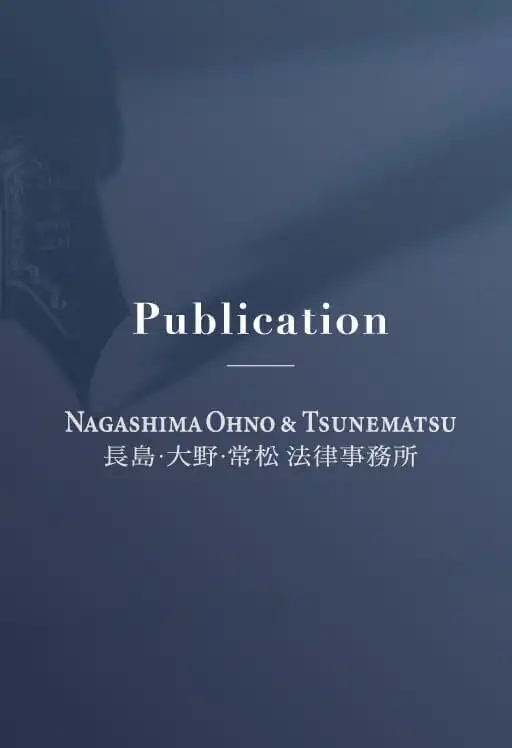

(February 2025)
Oki Osawa (Comments)
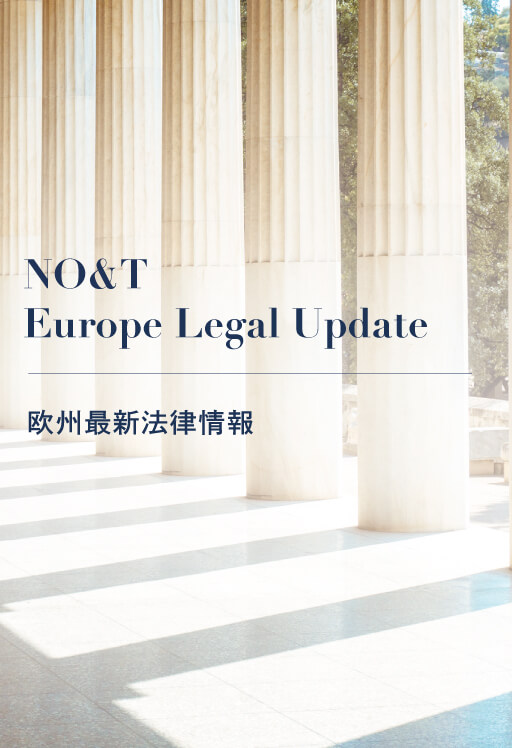

Axel Kuhlmann, Makoto Ohnuma, Shejal Verma, Sofía Terol Cháfer (Uría Menéndez) (Co-author)
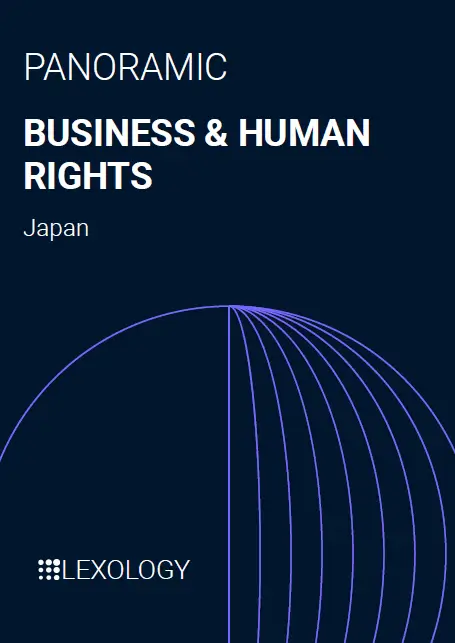

(April 2025)
Ayumi Fukuhara, Momoko Yamashita, Nina Newcombe (Co-author)
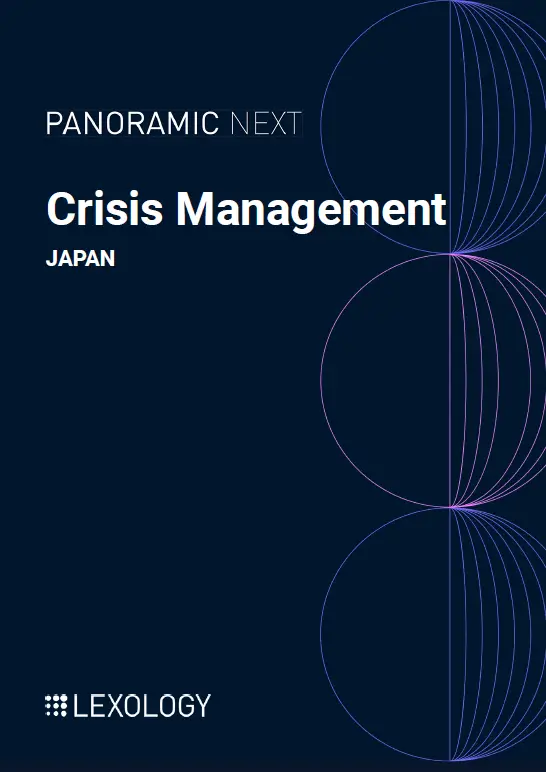

(February 2025)
Yoshihiko Matake, Yuta Sugie, Togo Kitajima (Co-author)
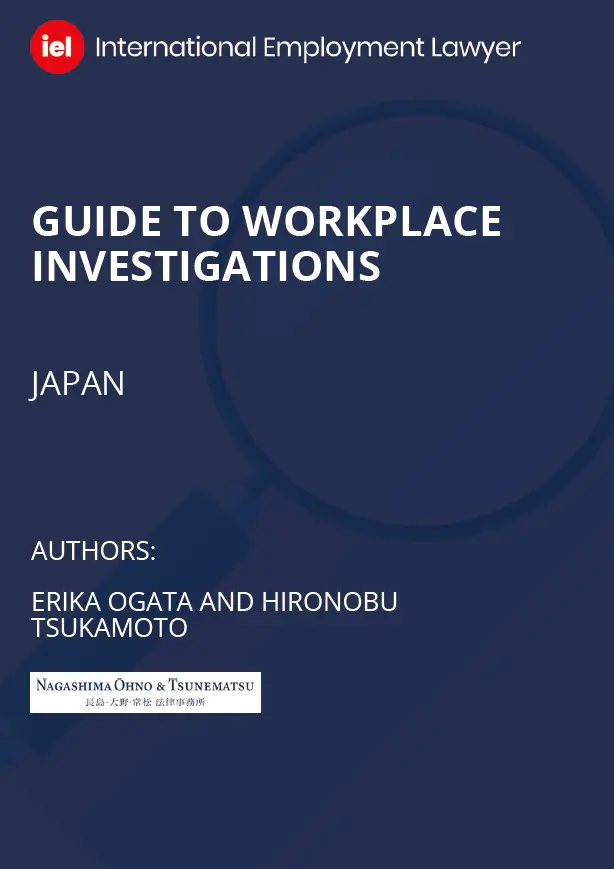

(January 2025)
Hironobu Tsukamoto, Eriko Ogata (Co-author)


Yothin Intaraprasong, Waritpan Titatornwattanasiri, Yanisa Wiboonthan (Co-author)


Supasit Boonsanong, Thananya Pholchaniko, Phareeya Yongpanich (Co-author)
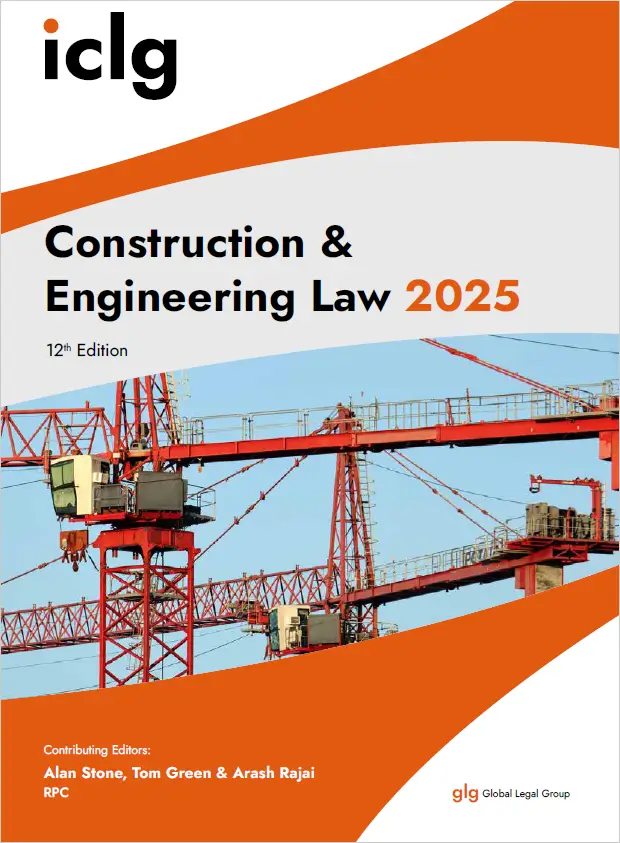

(August 2025)
Kaori Sugimoto
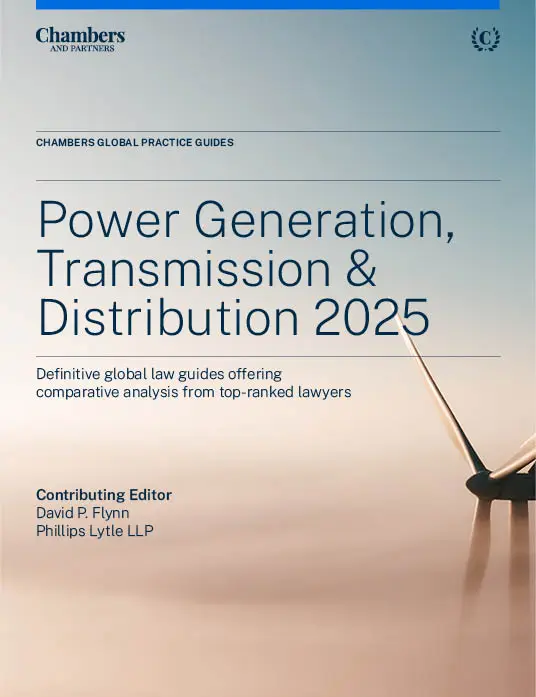

(July 2025)
Rintaro Hirano, Yutaro Fujimoto, Yurika Masakane, Yutaro Kato (Co-author)
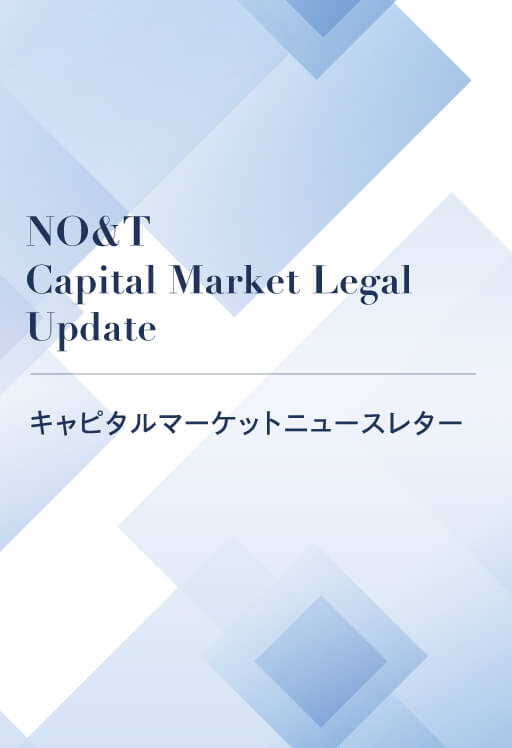

Yuichi Miyashita, Miho Susuki (Co-author)


Supasit Boonsanong, Thananya Pholchaniko, Phareeya Yongpanich (Co-author)


Yuichi Miyashita, Miho Susuki (Co-author)
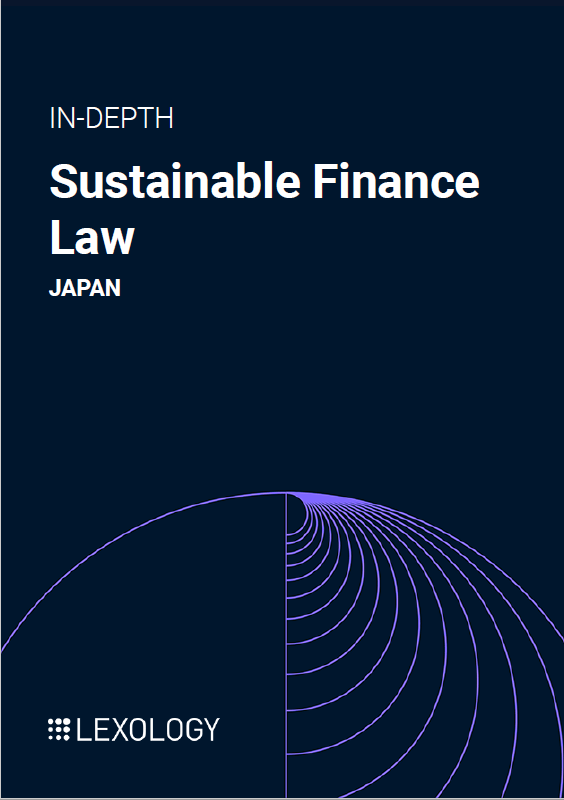

(December 2024)
Hiromi Hattori, Yuichi Miyashita (Co-author)


(September 2024)
Ryosaku Kondo (Comments)


Patricia O. Ko


Yuan Yao Lee
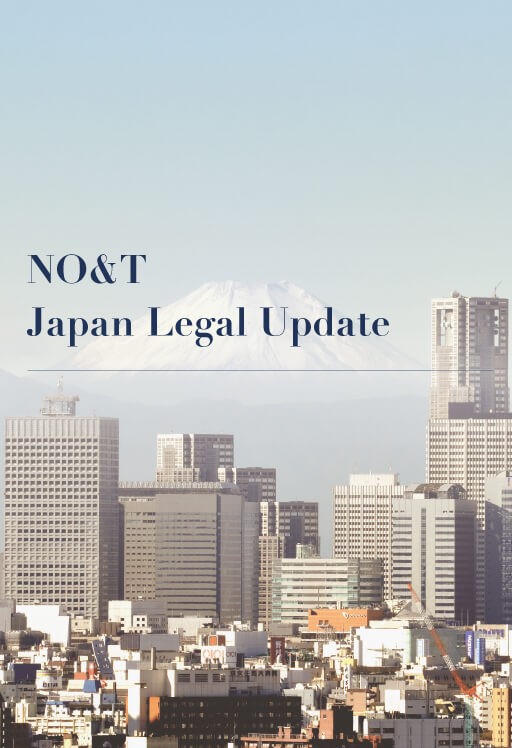

Yusei Uji


Shunsuke Minowa, Poonyisa Sornchangwat (Co-author)


Patricia O. Ko


Yuan Yao Lee


Yusei Uji


Shunsuke Minowa, Poonyisa Sornchangwat (Co-author)


Supasit Boonsanong, Thananya Pholchaniko, Phareeya Yongpanich (Co-author)


Patricia O. Ko


Claire Chong, Nozomi Kato (Co-author)


Yuan Yao Lee


(June 2025)
Hayata Matsunaga (Co-author)


Axel Kuhlmann, Makoto Ohnuma, Shejal Verma, Sofía Terol Cháfer (Uría Menéndez) (Co-author)


Kyohei Mizukoshi, Natsumi Tada, Sofía Terol Cháfer (Uría Menéndez) (Co-author)


(September 2024)
Ryosaku Kondo (Comments)